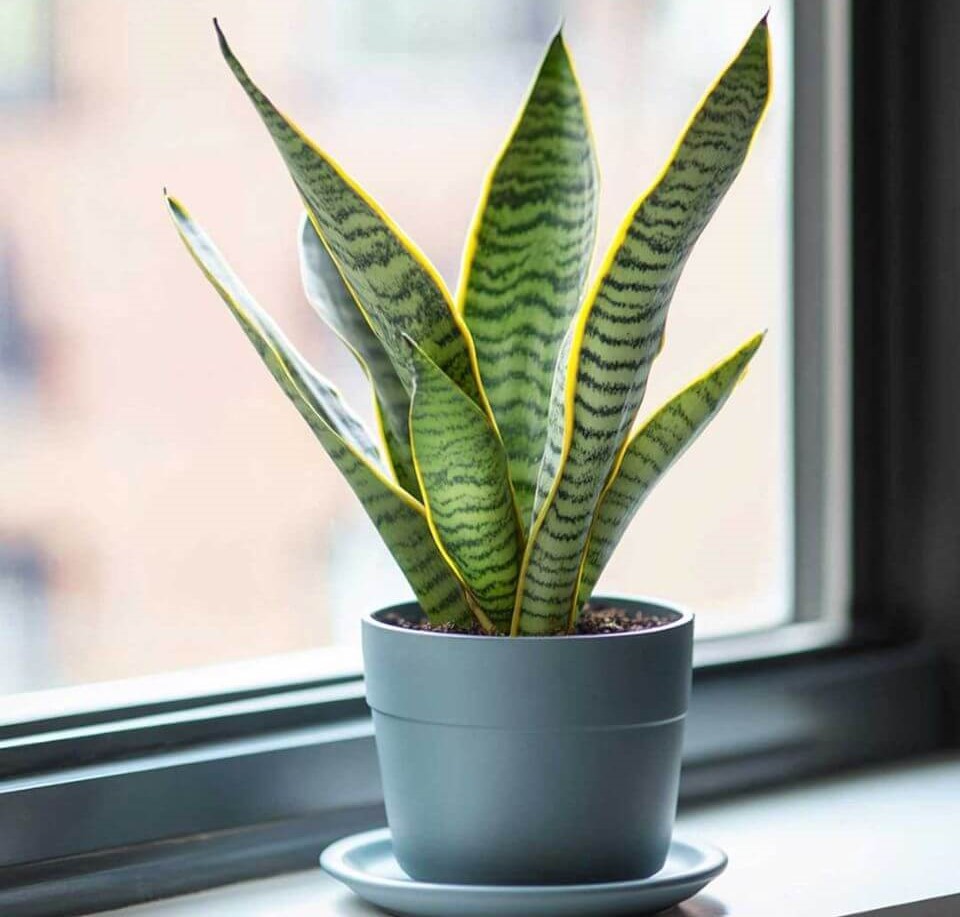Saucers are a common accessory for both indoor and outdoor plants, typically placed underneath planters to catch any excess water that drains out after watering. They are designed to prevent water from spilling onto floors or surfaces, keeping the surrounding area clean and dry. Available in various materials such as plastic, ceramic, and metal, saucers often match the planter’s aesthetic. While they seem like a practical solution, they can cause several issues that may negatively affect plant health and home maintenance.
Problems with Using Saucers Under Planters
Using saucers underneath planters can lead to a variety of problems, many of which plant owners may not initially consider. These issues include concerns about plant health, potential damage to home surfaces, and more. Saucers can trap excess water, promoting overwatering and root rot, attract pests and mold, cause water damage to floors or furniture, and hinder airflow and drainage. Understanding these challenges will help you make informed decisions on how to care for your plants and protect your home.
Why You Should Avoid Saucers Under Planters
There are several important reasons to skip using saucers beneath your planters. These reasons primarily involve the health of your plants and the upkeep of your home environment. Let’s dive into these reasons to help you better understand the potential drawbacks of using saucers and consider alternative solutions for plant care.
Reason 1: Risk of Overwatering and Root Rot
One of the main risks of using saucers is the potential for overwatering. When water collects in the saucer, it can create a consistently moist environment around the roots, preventing the soil from drying properly. This leads to root rot, a serious condition where the plant’s roots decay due to excessive moisture. Root rot is often fatal to plants as it affects their ability to absorb nutrients and water. To prevent this, it’s essential that planters have good drainage and that any excess water in saucers is removed promptly.

Reason 2: Attracting Pests and Mold
Standing water in saucers can invite pests such as mosquitoes, gnats, and other insects that thrive in damp environments. Moreover, the moisture can foster mold and mildew growth, which may spread to the plant and surrounding areas. Mold is not only harmful to plants but also poses potential health risks, especially for individuals with allergies or respiratory issues. It’s crucial to keep the area dry and well-ventilated to avoid these problems.
Reason 3: Potential Water Damage to Surfaces
Saucers can overflow or leak, causing water damage to furniture, carpets, or floors. This is particularly problematic for wood surfaces, which can warp or stain when exposed to moisture. Even with a saucer, water can seep through cracks or overflow during heavy watering, leading to costly repairs. To mitigate this risk, consider using protective trays or mats that extend beyond the edges of the saucer.
Reason 4: Restricting Airflow and Drainage
Saucers can limit airflow around the bottom of the planter, which is vital for healthy root development. Good airflow helps the soil dry out between waterings, reducing the risk of fungal growth and promoting a robust root system. Furthermore, saucers can obstruct drainage if they are not emptied regularly, which can harm the plant’s health. Ensuring that your planters have sufficient drainage holes and are slightly elevated to allow air circulation is key to maintaining plant health.
Alternative Solutions to Saucers
Instead of using saucers, there are several alternative solutions that support better drainage and airflow for your plants. One popular option is using a pebble tray, which raises the planter off the base, allowing water to drain away from the roots. Other alternatives include self-watering planters, which regulate moisture levels more effectively, or placing planters on plant stands to improve air circulation.
Using a Pebble Tray for Planters
A pebble tray is a simple yet effective method to enhance drainage for indoor plants. To set one up, choose a shallow tray that’s larger than your planter. Fill the tray with small stones or pebbles, and add water until it just reaches the top of the pebbles. Place the planter on top, ensuring that the bottom of the pot doesn’t sit directly in the water. This setup allows excess water to drain away from the roots while maintaining humidity around the plant.
Other Tips for Improving Plant Drainage
In addition to using pebble trays, several other strategies can help improve plant drainage. Ensure your planters have adequate drainage holes and consider adding a layer of gravel or coarse sand at the bottom of the pot to enhance drainage. Using well-draining soil mixes, such as those containing perlite or vermiculite, can also help prevent waterlogging. Regularly checking your watering schedule based on the plant’s needs and environmental conditions is essential for maintaining the right moisture levels.
Conclusion: Best Practices for Healthy Plant Care
For the best plant care, it’s essential to focus on proper drainage and airflow. Avoiding saucers under planters can help prevent common issues like overwatering, pest attraction, and surface damage. Instead, try alternative methods such as pebble trays, self-watering planters, and plant stands to create an environment that promotes plant health. By understanding your plants’ needs and adjusting your care accordingly, you’ll ensure your indoor garden thrives.